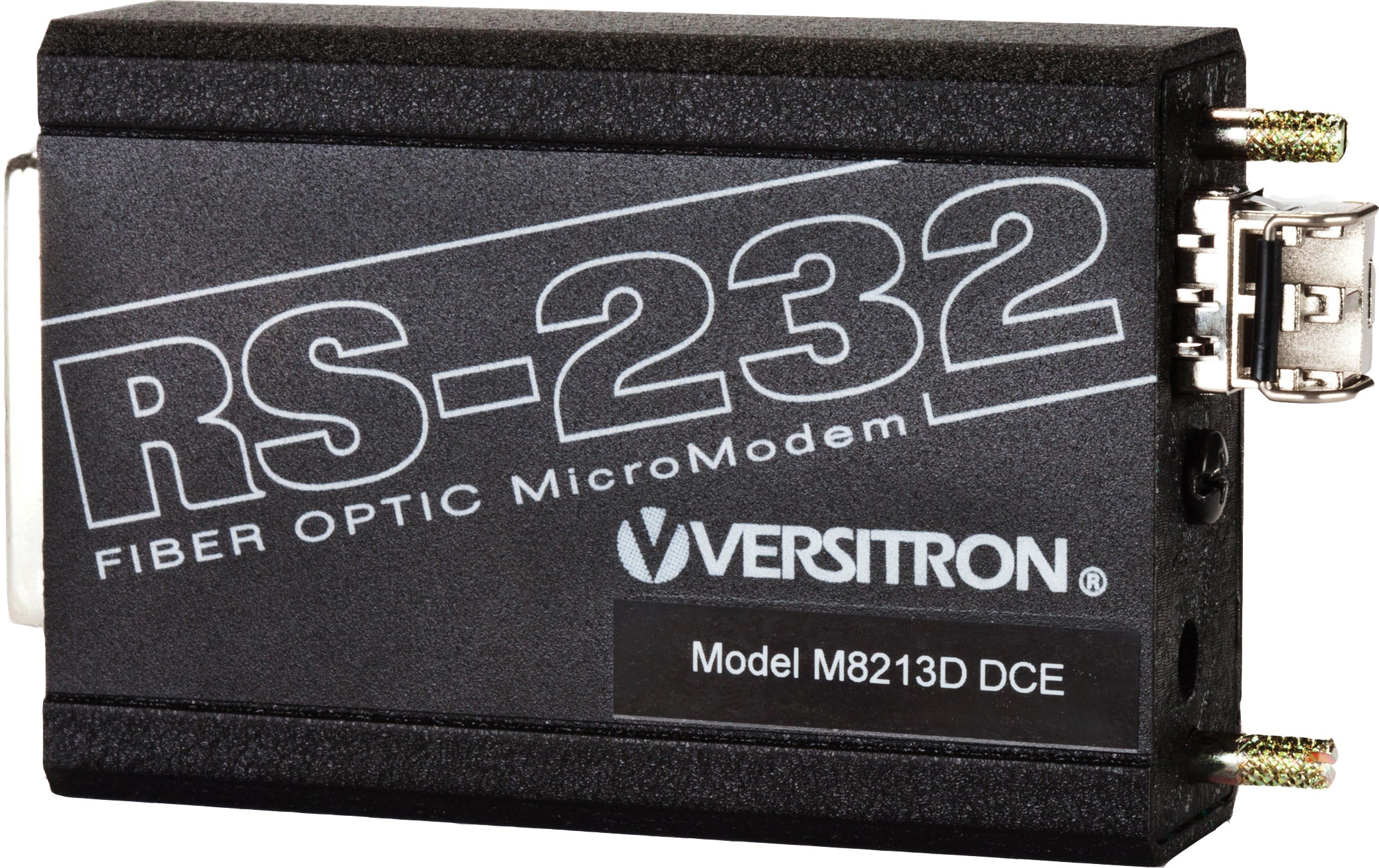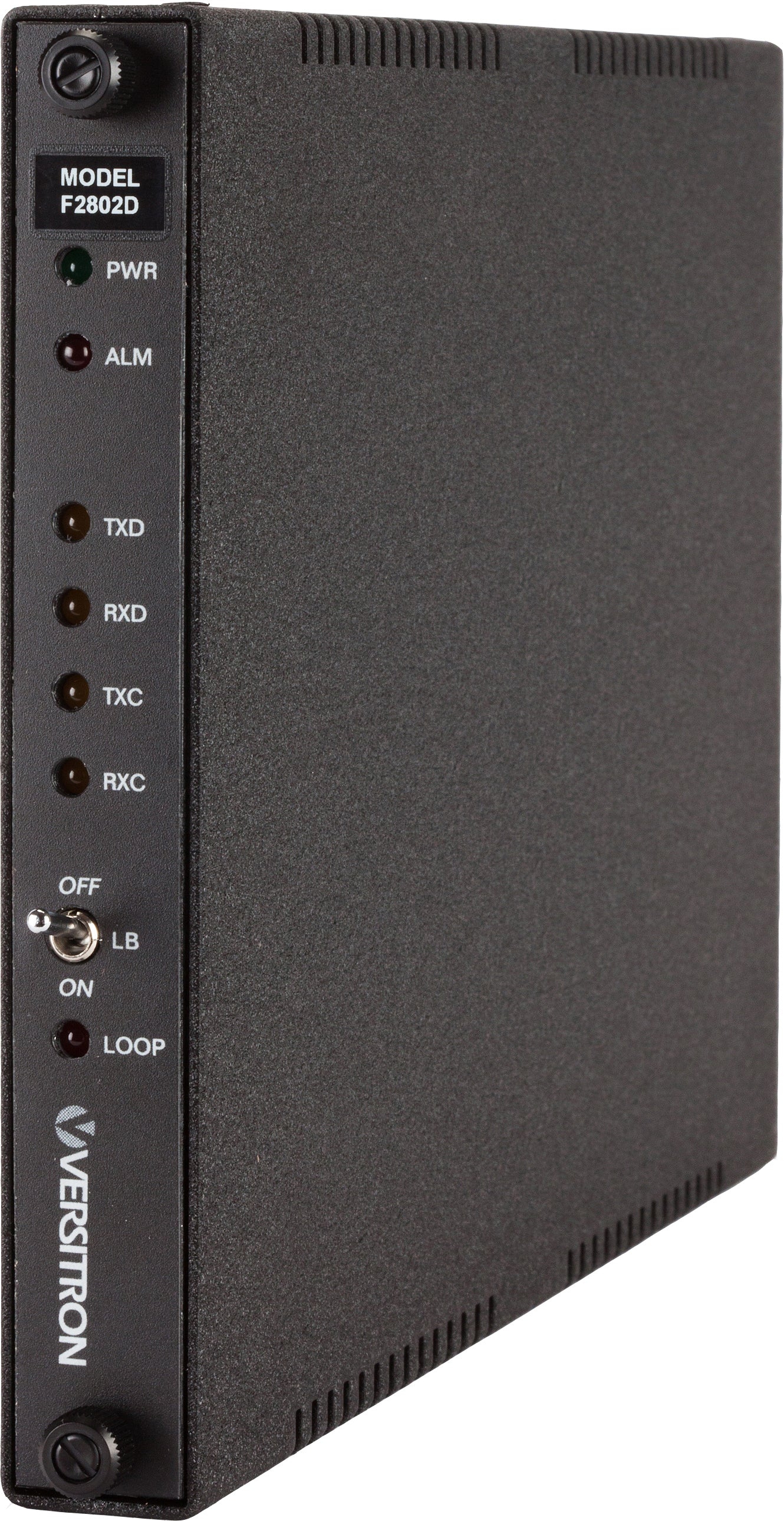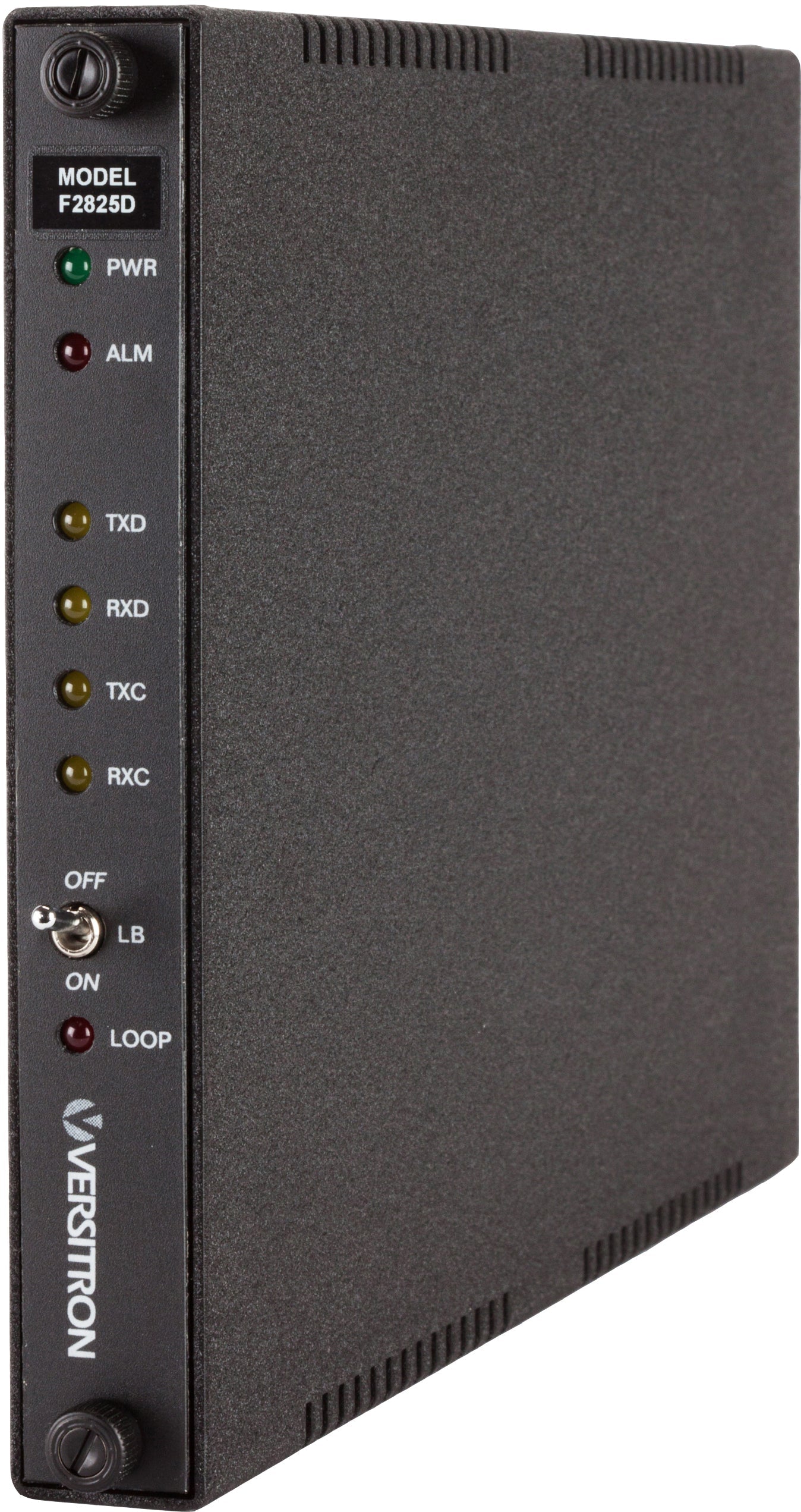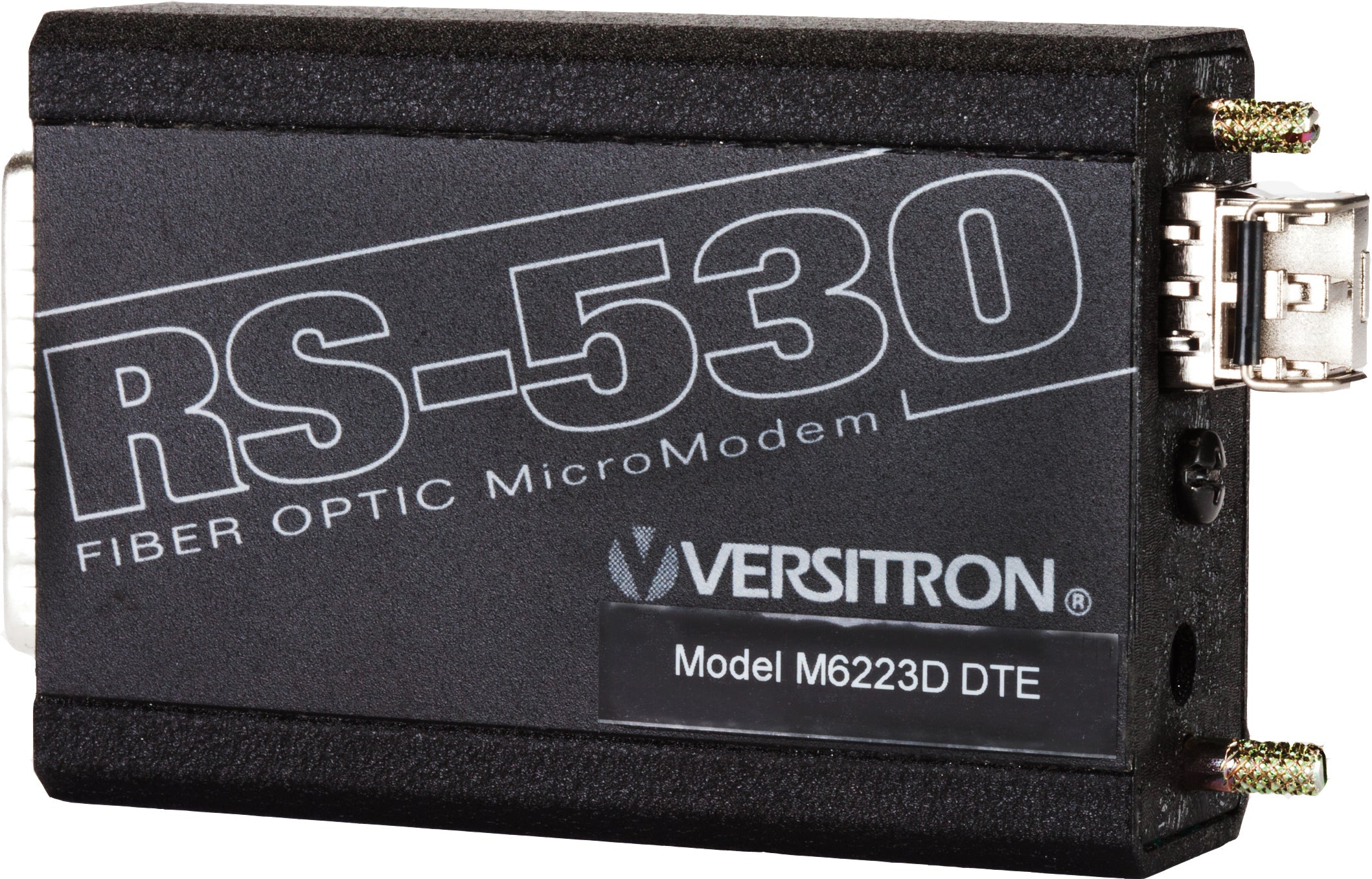RS-232 connections are an integral part of serial to Ethernet networks. Most Ethernet networks are exposed to harsh environments and cater to high traffic data transmission demands. Being an active part of such networks, the RS-232 serial device and its connections are exposed to damaging parameters. As RS-232 is an essential part of modern serial to Ethernet networks, the vulnerabilities of RS-232 cables cannot be overlooked. It requires protection against power issues. If appropriate measures for the protection of RS-232 are not taken, the chances of electrical hazards, device damage, and abrupt failure of the network might be inevitable. That is why the protection of RS-232 cabling is essential. If you are unaware of ways to protect RS-232, then this post is for you. This post discusses different techniques of protection of RS-232 cabling in electronic devices or serial to Ethernet networks.

An Overview of RS-232
RS-232 is a signal transmission standard. RS stands for Recommended Standard and 232 refers to TIA-232-F standards. This standard discusses the communication capabilities of the TIA-232-F standard over serial communication devices. The devices operating under RS-232 standards enable signal transmission between Data Terminal Equipment (DTE) and Data Circuit-Terminating Equipment or Data Communication Equipment (DCE). RS-232 cables are commonly used in serial communication or serial to Ethernet communication.
The RS-232 cables connect DTE and DCE by using DB9 connectors.
Electrical safety is the most important factor when it comes to using an RS-232 cable. It is sensitive to electric surge and ground loop noise, which may result in hazards like electrocution, ground loop electricity leakage, and damage to overall circuitry. Therefore protection of RS-232 cabling and serial communication devices is essential. There are different ways of protecting RS-232 serial communication devices against electric problems and ground loop noises. Let us discuss them.
Techniques for Protection of RS-232 Serial Connections
The RS-232 connections can be protected against electric surges and other power-related issues by using the following techniques.
- Short-Haul Modems:These modems are connected to the CPU or server of the serial to the Ethernet network. These fiber optic modems offer link protection up to an electric surge of 3 to 6 kilovolts. The short-haul modems are integrated between the CPU or server equipment and DCEs by using twisted pair cables that are compliant with RS-232 serial communication standards.
- Data Line Protection:Data line protection is done by integrating a shunt device between the DTE and DCEs. These shunt devices are commonly known as data line protectors. In serial communication, the data transmission takes place in the form of electric signals, thus, the electric surge must be addressed. The shunt devices can withstand the electric surge so that no damage occurs to serial to fiber converters.
- Fiber Optics links:Fiber optics technology is an effective solution for the protection of RS-232 connections. Fiber optics links are a solution for both data surge and ground loop noise. Fiber optics links transmit data in the form of optical pulses. Therefore, the problem of the electric surge is resolved. Also, fiber optics transmission is immune to noise, electromagnetic frequencies, radio frequencies, etc. Fiber optics being an advanced technology, features like transmission authentication can be adopted to prevent device damage. Transmission authentication may include device pairing by adopting a handshake protocol. This way, the data will only be transmitted once the receiving devices of DCEs give permission to send data. This resolves problems of data surge and data leakage at a time. Also, problems of electrocution are resolved as data transmission is in form of light instead of electric signals.
- Isolation Transformers:The isolation transformers offer a shield to DCEs against external noise. Although these devices do not protect the RS-232 connections from ground noise, they will protect against external noise.
Important Facts About Serial Port RS 232
Serial port RS-232, a cornerstone of modern communication networks, harbors several critical nuances that demand attention. Delving into these key aspects can deepen our understanding of RS-232's intricacies and underscore the importance of safeguarding its integrity:
Signal Transmission Standard: RS-232, an acronym for Recommended Standard 232, adheres to the TIA-232-F standards, delineating its communication protocols over serial devices. Operating as the conduit between Data Terminal Equipment (DTE) and Data Circuit-Terminating Equipment (DCE) or Data Communication Equipment, RS-232 orchestrates the seamless flow of data across networks.
Connectivity and Cabling: At the heart of RS-232 communication lie the ubiquitous DB9 connectors, facilitating the establishment of connections between various devices within serial and Ethernet networks. These cables serve as lifelines, enabling the transmission of critical data and commands across network nodes.
Electrical Vulnerabilities: Despite its ubiquity, RS-232 remains susceptible to a plethora of electrical hazards, including electric surges and ground loop noise. These vulnerabilities pose a significant threat to network integrity, potentially culminating in dire consequences such as equipment damage, data corruption, and network downtime.
Protection Imperatives: In light of the aforementioned vulnerabilities, safeguarding RS-232 cabling and associated devices emerges as an imperative. Neglecting to fortify these vital components leaves networks vulnerable to a myriad of threats, ranging from transient electrical surges to chronic ground loop disturbances. Prioritizing robust protection measures is thus paramount to ensuring the resilience and longevity of serial to Ethernet networks.
Efficient protection for RS-232 devices and connections can be achieved by implementing the above-discussed techniques. However, the quality of RS-232 serial communication devices contributes to the durability of a network. That is why you should source high-quality RS-232 devices from reliable suppliers like VERSITRON. The company offers MSA-compliant serial communication and fiber optics solutions for industrial networking.
FAQs
In contemporary networks, the RS-232 computer port, also referred to as the serial port RS-232, is essential for enabling communication between diverse devices. RS-232 connections serve as the foundation of serial to Ethernet networks because they function as a standard interface for serial communication, facilitating the smooth transfer of data between Data Terminal Equipment (DTE) and Data Circuit-Terminating Equipment (DCE).
RS-232 connections bolster the resilience of communication infrastructures by providing a robust framework for data transmission across network nodes. Through the utilization of DB9 connectors and adherence to TIA-232-F standards, RS-232 ensures the reliable exchange of information, mitigating potential disruptions and enhancing network stability.
Despite their ubiquity, RS-232 connections are susceptible to various electrical hazards, including electric surges and ground loop noise. These vulnerabilities pose significant risks to network integrity, potentially resulting in equipment damage, data corruption, and network downtime if left unaddressed.
Stakeholders can safeguard RS-232 connections against potential threats by implementing robust protection measures tailored to address specific vulnerabilities. Techniques such as employing short-haul modems, integrating data line protectors, utilizing fiber optics links, and incorporating isolation transformers can effectively mitigate risks associated with electric surges and ground loop noise, ensuring the resilience and longevity of serial to Ethernet networks.





